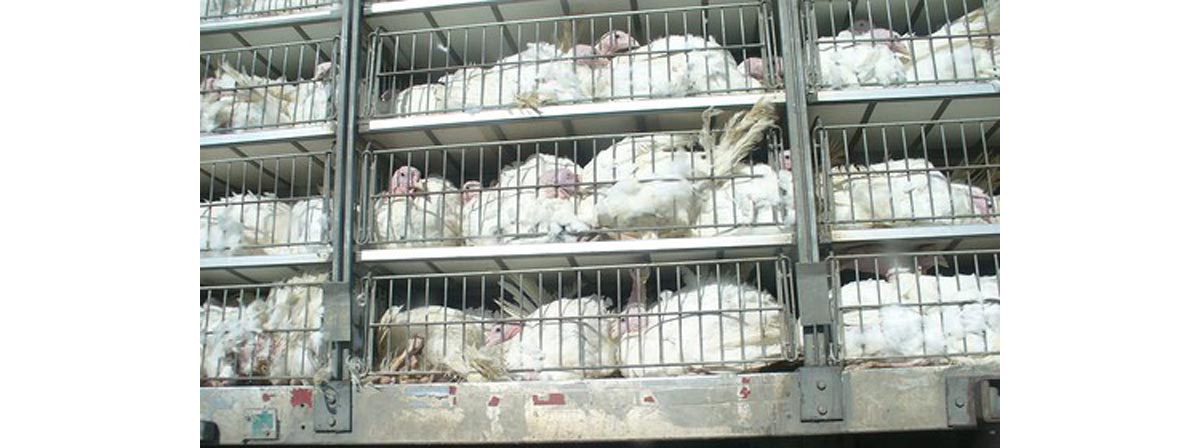Table of Contents
The FDA reported that in 2012 the most common cause of death due to food poisoning was poultry contaminated with salmonella.

Salmonella poisoning
This is a bacterium found in the intestines of birds and animals and is a frequent contaminant of eggs, because the organism is excreted by poultry. Poor hygiene practices by egg producers can lead to contamination of eggs.
But healthy animals have been found to harbor salmonella species in their ovaries, which are then incorporated into the eggs at a much earlier stage.
The largest proportion of food poisoning from contaminated eggs occurred in restaurant food.
Salmonella found in a range of foods
Contamination with this organism was not limited to poultry and eggs. It was also associated with eating raw scraped ground tuna (imported into the US), a particular brand of peanut butter (also imported), ground beef and dried dog food. In the case of the dog food, it was felt that pet owners were infected both from handling the food and also from shedding of the organism by their pets (who were unaffected by it, but became carriers).
Imported food increasingly to blame
Many of these cases highlight the fact that more cases of food poisoning are associated with imported food than in previous years. There are safeguards in place where the FDA inspect produce entering the country, but some unscrupulous distributors despatch the food before it has been officially checked and given the ‘OK’.
How can food poisoning lead to death?
The symptoms of those unfortunate enough to suffer food poisoning as a result of eating these contaminated foods varied from a couple of days of diarrhea and stomach cramps, to kidney failure and even death.
There are two main reasons for the variation in severity of illness. The first is that some of the organisms are able to spread from the gut to the lymphatic system, which is part of our immune system and linked to the circulation.
The second reason for the variation is the ability of the person affected to fight the infection and to tolerate the effects of the illness. Prolonged diarrhea and/or vomiting lead rapidly to serious loss of fluid which can quickly be fatal, if untreated, in the old and very young.
Simple ways to avoid food poisoning
The CDC summarizes its advice into five headings:
CLEAN hands, surfaces and utensils by frequent washing. Use soap and water for hand-washing and pay particular attention to the backs, between fingers and under fingernails.
Thoroughly wash fruit and vegetables – even those you’re going to peel. Do not wash meat, poultry or eggs.
SEPARATE raw meat, poultry, seafood and eggs from ready-to-eat foods, to avoid cross-contamination. Keep separate when buying, and in the fridge. Use separate equipment and surfaces for preparation.
COOK to the right temperature, using a special thermometer for meat and keep food hot while being served and eaten. Egg yolks should be cooked until firm. Microwave food thoroughly (to 165°F).
CHILL food promptly, especially in hot weather. Defrost frozen food in the fridge – not on the kitchen counter or in the sink.
REPORT suspected food poisoning to your local health department (see link below).
- www.emedicine.medscape.com/article/175569-overview
- www.cspinet.org/new/pdf/cspi_top_10_fda.pdf
- Photo courtesy of likeablerodent by Flickr : www.flickr.com/photos/likeablerodent/8866646512/
- Photo courtesy of Lee Prouten by Flickr : www.flickr.com/photos/whyswomen/163146114/
- www.cdc.gov/foodborneburden/index.html
- www.cdc.gov/features/dsfoodnet2012/reportcard.html
- www.cdc.gov/foodsafety/prevention.html
- www.cdc.gov/mmwr/international/relres.html (for local health departments)


Your thoughts on this